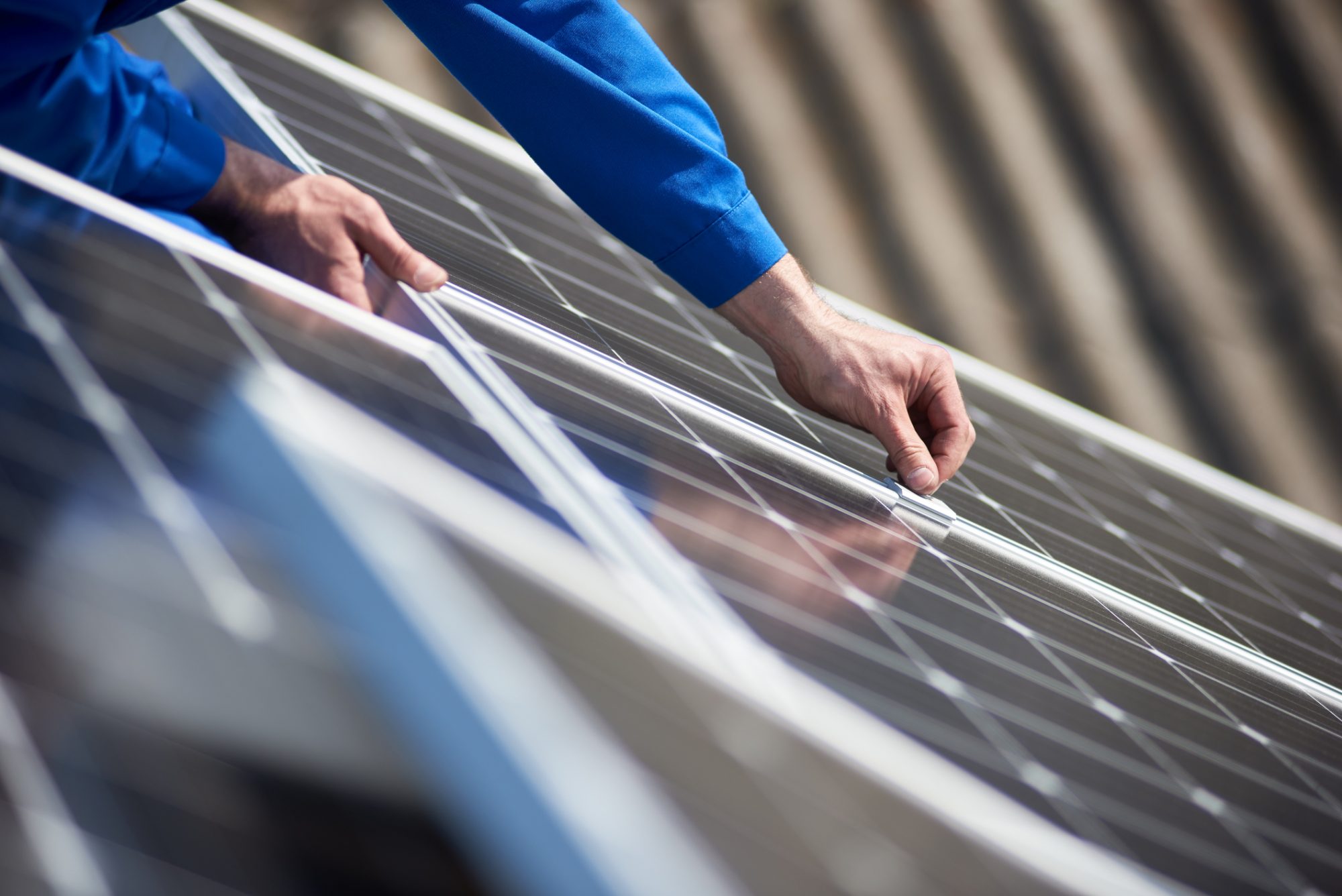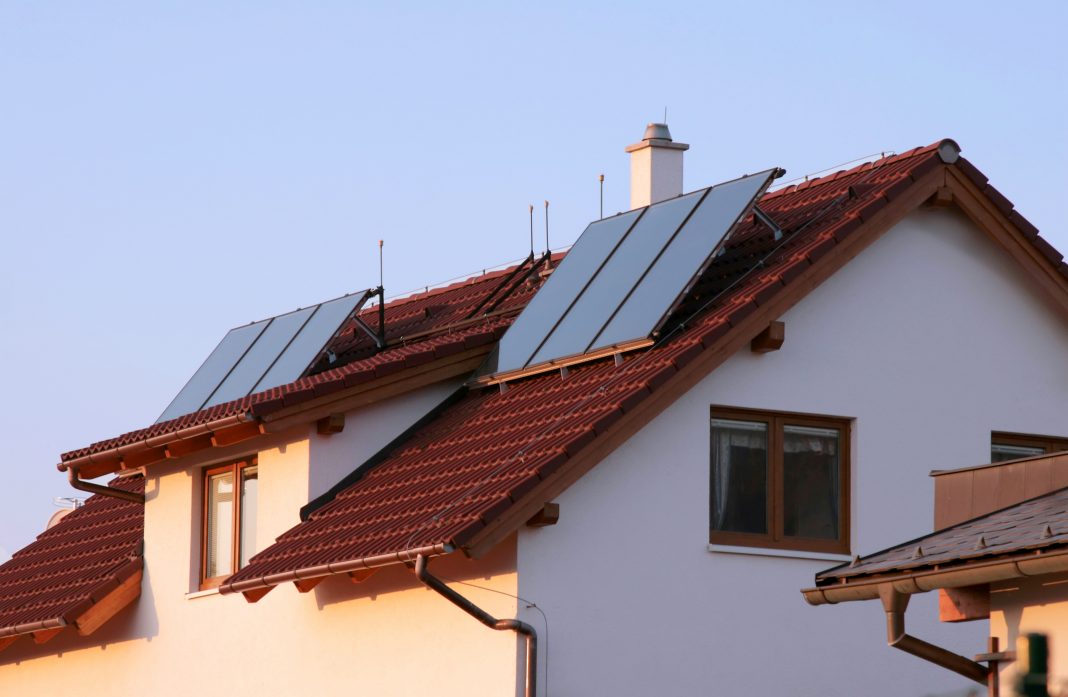Rooftop solar energy provided by councils could help the UK through the energy crisis, saving on costs and lowering national carbon emissions
Over 12 million households (42%) across the UK face fuel poverty this winter, according to predictions from the End Fuel Poverty Coalition. More than 75% of councils have declared a climate emergency status, yet with no apparent or published concrete plans to tackle both energy bill cost reduction and net zero carbon targets, it’s a worrying time, says Abhinav Jain, Co-founder and CEO of PowerMarket. But, it doesn’t need to be, and there’s a ray of hope: solar.
The Government has made clear that we need to increase home-grown energy production, but the proposals thus far – fracking, nuclear and gas plants – are all ten-year plans that will not reduce consumer pain in the short term. By adding solar panels to rooftops, one of the easiest and most affordable ways to cut down on energy costs, we can reduce risk to market volatility, and lower our collective carbon footprint.
The opportunity cost for councils
As social housing residents begin to receive their first energy bills under the Government’s gas and electric unit cost price ‘cap’ plan (10.3p for gas & 34p for electricity + standing charge increase for dual fuel bills paid by direct debit), at PowerMarket we’ve seen from studies that a typical council resident would save up to 60% of their annual energy costs with an average lifetime energy cost saving of £58,800 per household. The saving includes an attractive and immediate annual £1,600 energy bill reduction and an annual carbon saving impact of 6.8 tonnes per year – the equivalent of removing 3,400 cars from the roads thereby accelerating their Council Landlord’s efforts to hit their net-zero targets by having rooftop solar installed.
A typical council resident would save up to 60% of their annual energy costs with an average lifetime energy cost saving of £58,800 per household
Renewables are the only feasible medium-term answer to both reduce a Council’s social housing stock’s energy costs and have any reasonable expectation of hitting net zero targets. Solar is the fastest and most cost-effective form of renewable energy which can be implemented today. Importantly, with CapEx costs that in certain circumstances can payback within 2 years based on the increased energy costs which are set to be high for some time to come.

Local councils, regional governments and social housing associations have a unique opportunity to lead the way in clean energy by adopting rooftop solar at scale, between them currently managing circa 5 million+ social housing stock in the UK. We envision a future where solar is democratised to empower everyone with access to the world’s best solar data and resources. We’re in an energy crisis and renewables are the only answer. Through investment in technology, councils can save time and resources by centralising everything in a single platform to plan, analyse and filter solar sites based on ROI and CO2 impact.
Solar funding and the future
The good news for residents, councils and housing association’s finance teams is that major finance companies are keen to fund both the CAPEX costs in return for the long-term PPA energy supply contracts which will also protect residents from future price volatility. The only potential ‘deal’ inhibitor here is some uncertainty on who will act as the guarantor when a fuel bill is unpaid given that the solar generated electricity component becomes part of the payback methodology for CapEx funding between the Financier and the Council. But given the huge benefits, experts on all sides expect a solution to emerge to mitigate this minimal yet existing risk element.
The median payback timeline for a residential installation is now under four years
When councils embrace technology, not only does it help them and similar organisations assess the viability of solar and calculate an accurate investment payback time, it also brings a new standard to solar energy system performance monitoring. By using advanced satellite and AI technology developed in partnership with Oxford University Innovation and The European Space Agency, our feasibility analysis shows that the median payback timeline for a residential installation is now under four years when factoring in expected 2023 energy price increases.
I look forward to helping simplify the option of solar as an energy source and where we can use the sun in the sky to generate our electricity – not by burning oil and gas.
This piece was written and provided by Abhinav Jain, Co-founder and CEO of PowerMarket.











